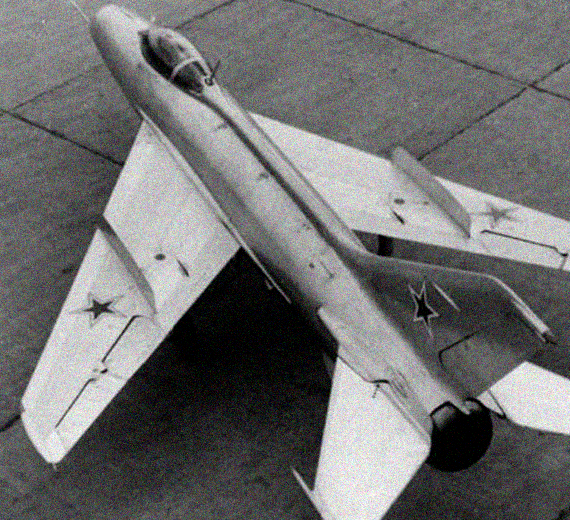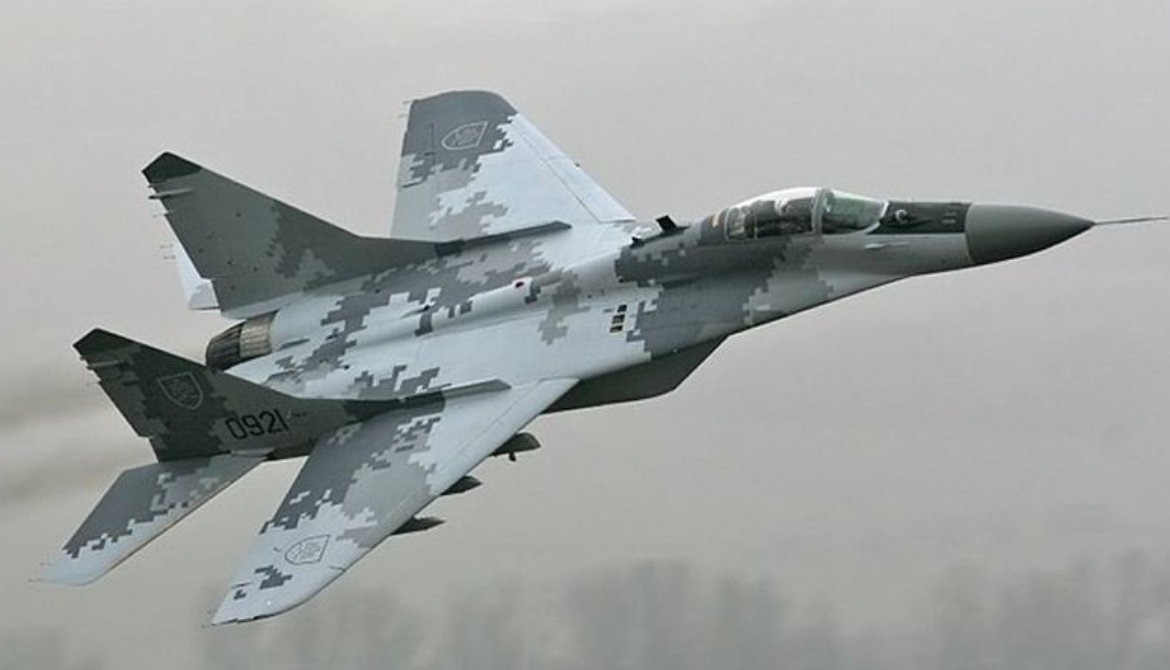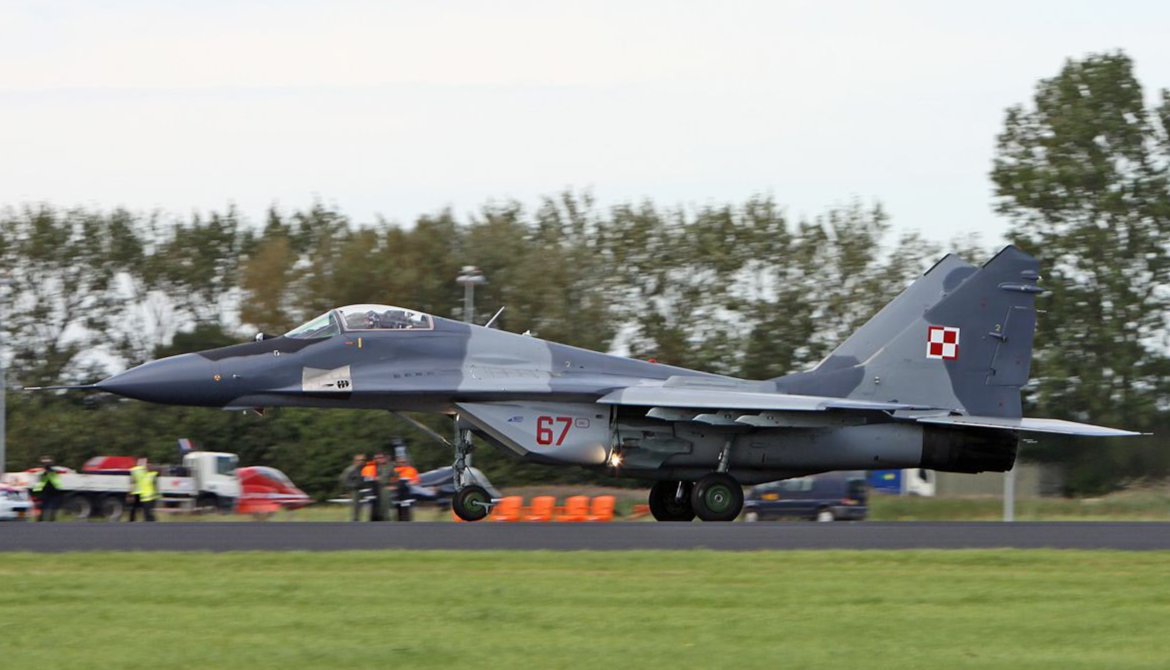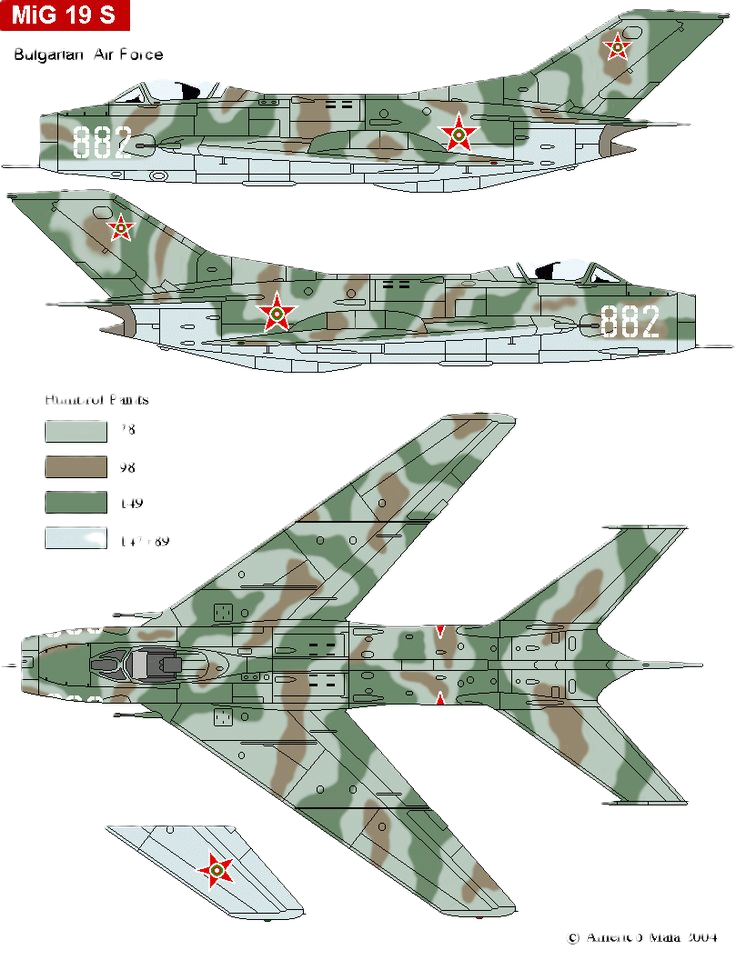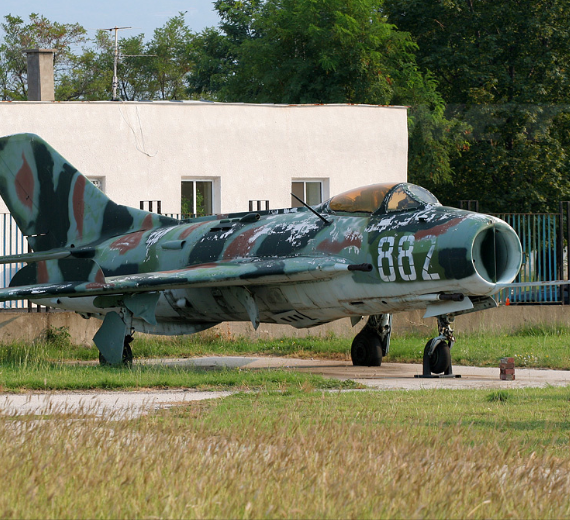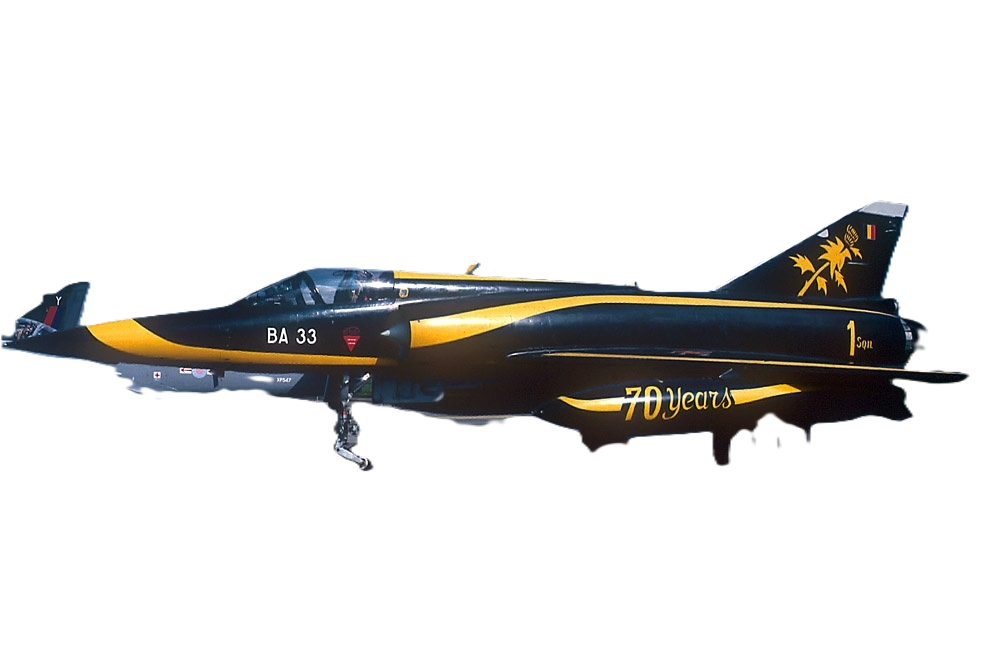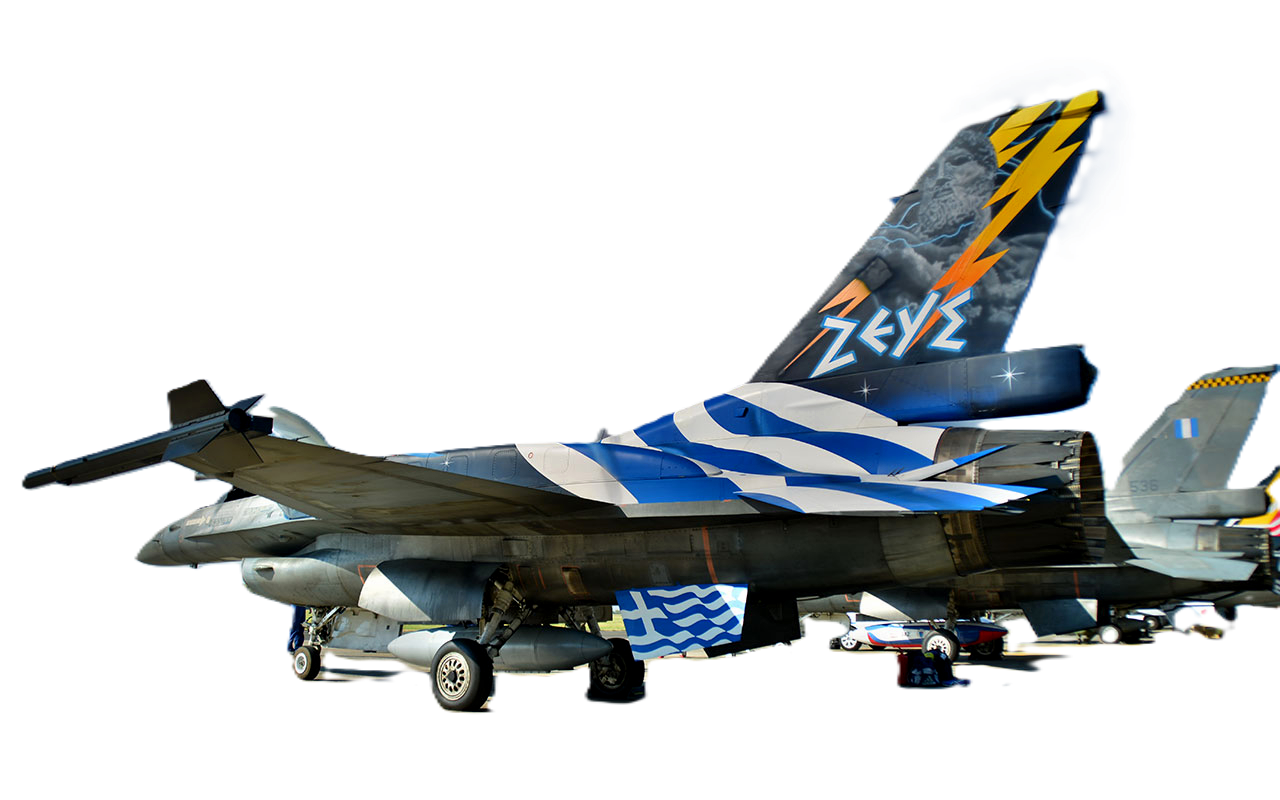Russian Aircraft "Mig"
MiG-19 Farmer
 |
|
| MiG-19S in the National Museum of United States Air Force | |
| Role | Fighter aircraft |
|---|---|
| National origin | Soviet Union |
| Manufacturer | Mikoyan-Gurevich |
| First flight | 24 May 1952 (SM-2/I-360) |
| Introduction | March 1955 |
| Status | Retired in the Soviet Union; in limited use by some foreign countries |
| Primary users | Soviet Air Forces (historical) People's Liberation Army Air Force (historical) |
| Produced | 1954–1968 |
| Number built | 2,172 (excluding production in Czechoslovakia and China) |
| Developed from | Mikoyan-Gurevich MiG-17 |
| Variants | Shenyang J-6 |
|
|
.
History Russian Aircraft Corporation "Mig"
Mikoyan MiG-19 NATO reporting name: Farmer

The Mikoyan-Gurevich MiG-19 (Russian: Микоян и Гуревич МиГ-19; NATO reporting name: Farmer) is a Soviet second generation, single-seat, twinjet fighter aircraft. It was the first Soviet production aircraft capable of supersonic speeds in level flight. A comparable U.S. "Century Series" fighter was the North American F-100 Super Sabre, although the MiG-19 primarily fought against the more modern McDonnell Douglas F-4 Phantom II and Republic F-105 Thunderchief over North Vietnam. This aircraft was originally used by the Soviet Union but it was later used by the People's Liberation Army Air Force of China.
Design

n 1950 the Mikoyan-Gurevich (MiG) design bureau (also known as OKB-155) began work on a new fighter aircraft, intended to have a greater range than the existing MiG-15 and MiG-17 aircraft, and capable of reaching supersonic speeds in level flight. MiG chose to use two of the new Mikulin AM-5 axial jet engines (a scaled-down version of the Mikulin AM-3 that powered the Tupolev Tu-16 bomber) for its new fighter.[
Variants


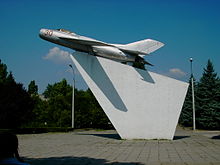


Production aircraft designations
- MiG-19 (NATO reporting name - "Farmer-A"; OKB- SM-9/1)
- First production version. Conventional tail assembly with elevators attached to fixed horizontal stabiliser and armed with three 23 mm NR-23 cannon.
- MiG-19P (NATO - "Farmer-B"; OKB - SM-7)
- Version equipped with RP-1 Izumrud radar in the nose and armed with two 23 mm NR-23 (later two 30 mm NR-30) cannons in the wings. Had provision for an unguided rocket pack under each wing, elongated tailfin fillet, all-moving tailplane, third airbrake added behind the ventral fin. Vympel K-13 (AA-2 'Atoll') air-to-air missile (AAM) capability was added late in its service life; entered production in 1955.
- MiG-19PF
- Single-seat radar-equipped, all-weather interceptor fighter aircraft; built in small numbers
0
KmCeiling
0
KmCombat RANGE
0
MachAircraft Speed
0
Max Crew
Photo Gallery
Russian Aircraft Corporation "Mig"
Mikoyan MiG-19 NATO reporting name: Farmer


Russian Aircraft Corporation "Mig"
Mikoyan MiG-19 NATO reporting name: Farmer
General Info
-
-
-
Crew: 1- Length: 12.54 m (41 ft 2 in) with pitot probe retracted; 14.64 m (48.0 ft) with pitot probe extended
- Wingspan: 9 m (29 ft 6 in)
- Height: 3.88 m (12 ft 9 in)
-
-
-
Powerplant
-
-
-
- Max takeoff weight: 8,832 kg (19,471 lb) with 2 × 760 L (170 imp gal; 200 US gal) drop tanks and two rocket pods
- Fuel capacity: 1,800 L (480 US gal; 400 imp gal) internal
- Powerplant: 2 × Tumansky RD-9B afterburning turbojet engines, 25.5 kN (5,700 lbf) thrust each dry, 31.8 kN (7,100 lbf) with afterburner
-
-
-
Performance
-
- Maximum speed: 1,452 km/h (902 mph, 784 kn) at 10,000 m (33,000 ft)
- Maximum speed: Mach 1.35
- Range: 1,390 km (860 mi, 750 nmi)
- Ferry range: 2,200 km (1,400 mi, 1,200 nmi) with 2 × 760 L (200 US gal; 170 imp gal) drop tanks at 14,000 m (46,000 ft)
- Service ceiling: 17,500 m (57,400 ft)
Armament
- Guns: 3 × 30 mm Nudelman-Rikhter NR-30 autocannon (75 rounds for wing-root guns, 55 rounds for the fuselage gun)
- Hardpoints: 4 pylons in total, 2 for drop fuel tanks only, 2 for weapons, with a capacity of up to 500 kg (1,100 lb) of stores
.
Links to Youtube & Others
Deliveries of the new fighter to the Soviet Air Forces (VVS) began in June 1955, with the type being publicly unveiled on 3 July that year, when 48 MiG-19s took part in a flypast during an airshow at Tushino Airfield, Moscow.
Russian Aircraft Mig
MiG-19 Farmer
The following are Chinese and Vietnamese air-to-air kills, confirmed by US sources; all were achieved with 30 mm cannon shells
Youtube Link
The first use and loss of a U.S. fighter to a MiG-19 (J-6) was in 1965 when a USAF Lockheed F-104 Starfighter piloted by Captain Philip E. Smith was attacked by a PLAAF aircraft over Hainan Island..

